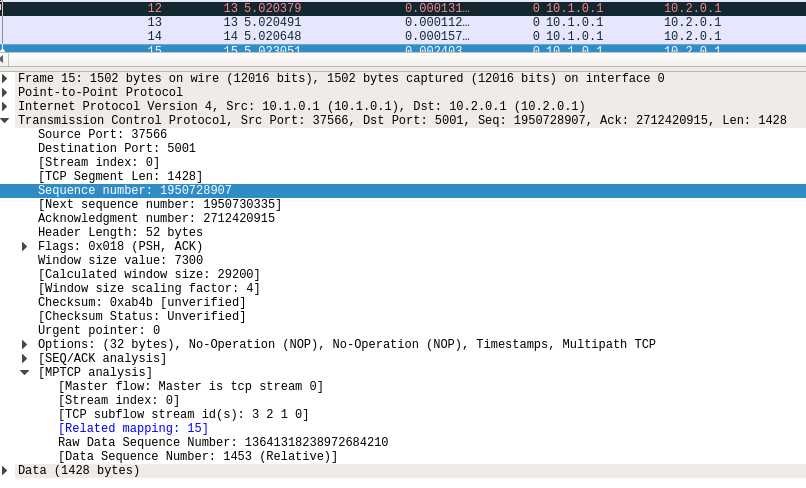

Seq and Ack in Wireshark Client sends seq=1 and tcp segment length=669Ĭlient sends segment with seq=670 and length=1460

This cycle continues until the end of the TCP session.Īgain, note that the length value is from the TCP segment length, not the Layer 2 frame length nor the IP packet length. In turn, the server responds with ack=2130 (670 + 1460). The next segment the client sends has seq=670 and the len is now 1460 bytes. The server responds with an ack=670 which tells the client that the next expected segment will have a sequence number is 670. The client sends the first segment with seq=1 and the length of the segment is 669 bytes. The key variable is the TCP segment length for each TCP segment sent in the session. The picture below shows a real example of TCP sequence and acknowledgment numbers in a TCP flow diagram. The TCP seq and ack numbers are coordinated with one another and are key values during the TCP handshake, TCP close, and, of course, while data is transferred between the client and server. The ack number is sent by the TCP server, indicating that is has received cumulated data and is ready for the next segment. The seq number is sent by the TCP client, indicating how much data has been sent for the session (also known as the byte-order number). TCP Sequence (seq) and Acknowledgement (ack) numbers help enable ordered reliable data transfer for TCP streams.


 0 kommentar(er)
0 kommentar(er)
